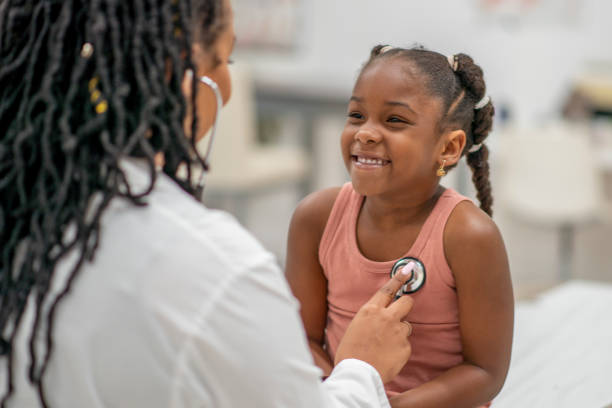
Nebulizer Treatments
Procedure:
- Assessment: Before initiating nebulizer treatment, a healthcare provider assesses the patient’s respiratory symptoms, medical history, and current condition to determine the appropriate medication and dosage.
- Medication Preparation: The prescribed medication, typically a bronchodilator or corticosteroid, is mixed with saline solution in the nebulizer chamber.
- Nebulization: The nebulizer device converts the liquid medication into a fine mist or aerosol, which the patient inhales through a mask or mouthpiece. The mist delivers the medication directly to the lungs, where it helps open airways, reduce inflammation, and relieve respiratory symptoms.
- Monitoring: During the nebulizer treatment, healthcare providers monitor the patient’s vital signs and respiratory status to ensure safety and effectiveness. The duration of the treatment varies depending on the medication and the patient’s response.
Benefits:
- Effective Delivery: Nebulizer treatments deliver medication directly to the lungs, providing rapid relief of respiratory symptoms and improving lung function.
- Versatility: Nebulizers can administer a wide range of medications, including bronchodilators, corticosteroids, and mucolytics, making them suitable for various respiratory conditions such as asthma, chronic obstructive pulmonary disease (COPD), and cystic fibrosis.
- Ease of Use: Nebulizer treatments are easy to use and well-tolerated, especially for children and elderly patients who may have difficulty using inhalers or other devices.
- Customization: Nebulizer treatments can be customized based on the patient’s age, condition, and treatment goals, allowing for individualized care and optimal therapeutic outcomes.
- Emergency Management: Nebulizers are often used in emergency settings to treat acute respiratory exacerbations and provide immediate relief during respiratory distress.
What medications are commonly used in nebulizer treatments?
Common medications include bronchodilators (e.g., albuterol), corticosteroids (e.g., budesonide), and mucolytics (e.g., acetylcysteine), which help open airways, reduce inflammation, and thin mucus secretions.
How often should nebulizer treatments be administered?
The frequency of nebulizer treatments depends on the severity of the respiratory condition and the prescribed medication regimen. Some patients may require treatments multiple times per day, while others may need them less frequently.
Are nebulizer treatments safe for children and elderly patients?
Yes, nebulizer treatments are safe and effective for patients of all ages, including children and elderly individuals. However, proper supervision and monitoring are essential to ensure correct medication administration and optimal therapeutic outcomes.
Can nebulizer treatments be done at home?
Yes, many patients can perform nebulizer treatments at home with proper instruction and supervision from healthcare providers. Home nebulizer use allows for convenient and timely administration of medication, especially for chronic respiratory conditions requiring ongoing management.
What are the potential side effects of nebulizer treatments?
Side effects are generally mild and may include palpitations, tremors, and throat irritation. Serious side effects are rare but may occur with certain medications or improper use of the nebulizer device. It is essential to follow the prescribed treatment regimen and report any adverse reactions to your healthcare provider.
Pediatrics Procedures
- Barium Enema
- Barium Swallow
- Blood Tests
- Blood Transfusion
- Bone Marrow Aspiration and Biopsy
- Circumcision
- Corrective Surgeries for Congenital Anomalies
- Echocardiography
- EEG (Electroencephalogram)
- Eye Examinations
- Hernia Repair
- Holter Monitoring
- Imaging (X-rays, Ultrasound, MRI)
- Lumbar Puncture
- Nebulizer Treatments
- Pulmonary Function Tests (PFTs)
- Respiratory Procedures
- Tonsillectomy and Adenoidectomy
- Upper and Lower Endoscopy
- Vision Screening




